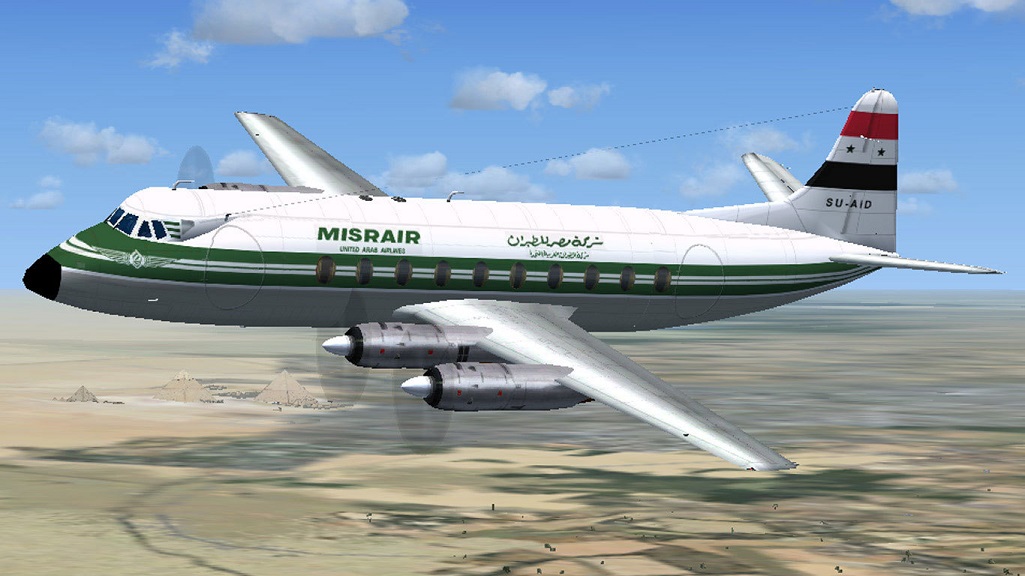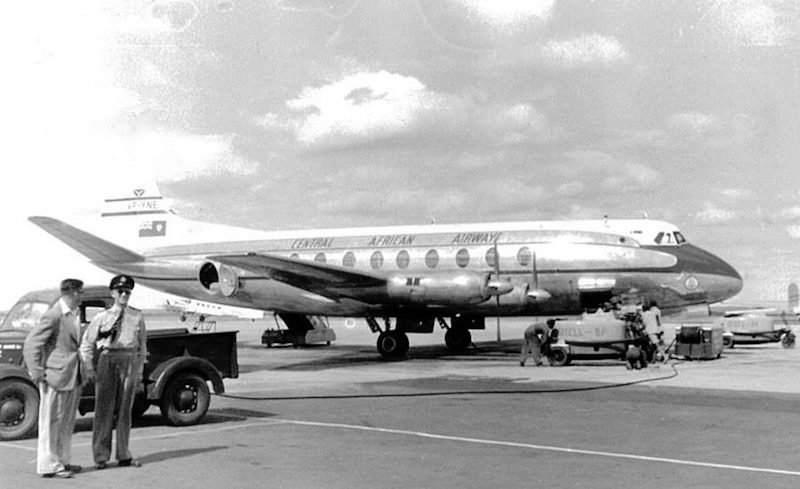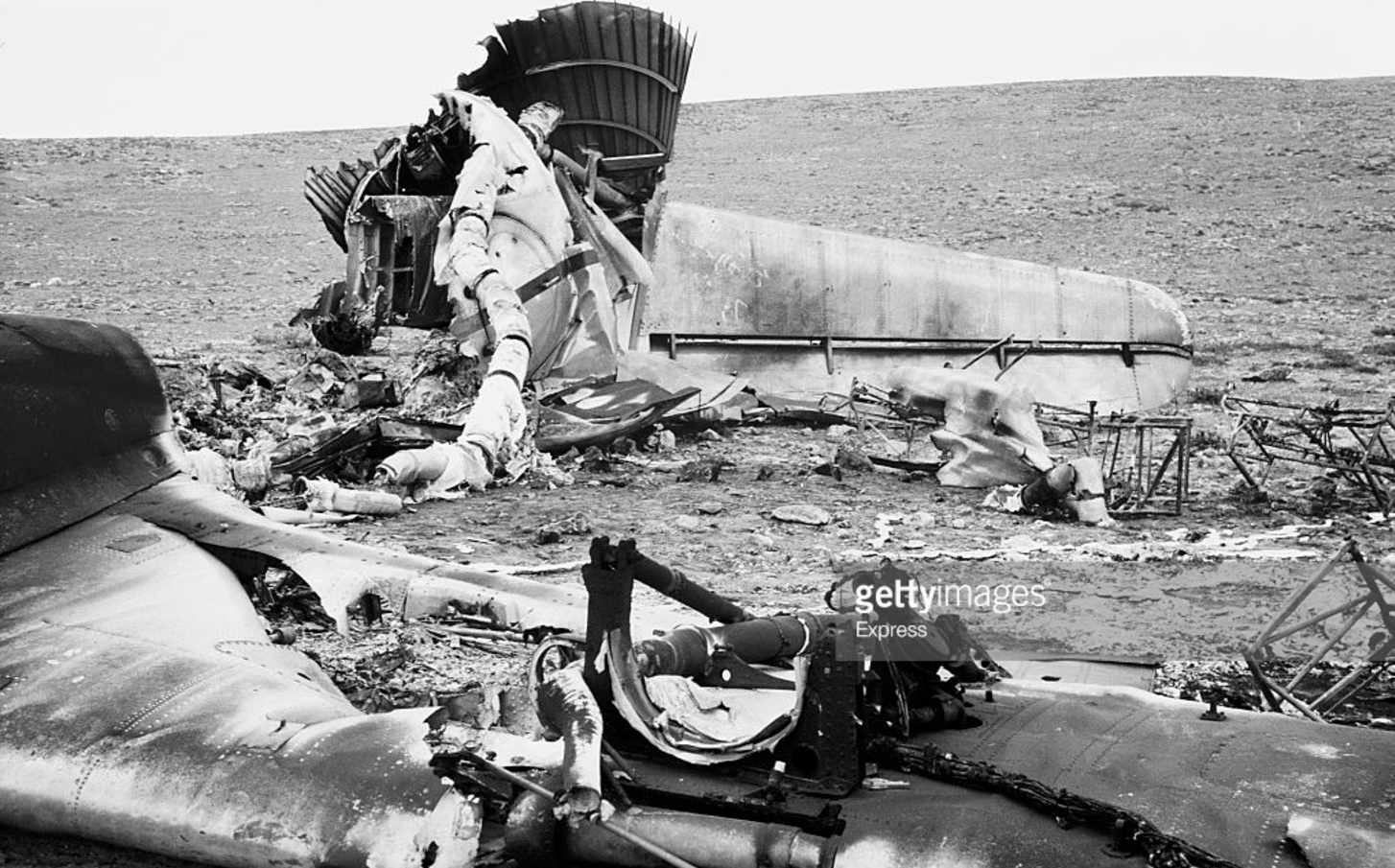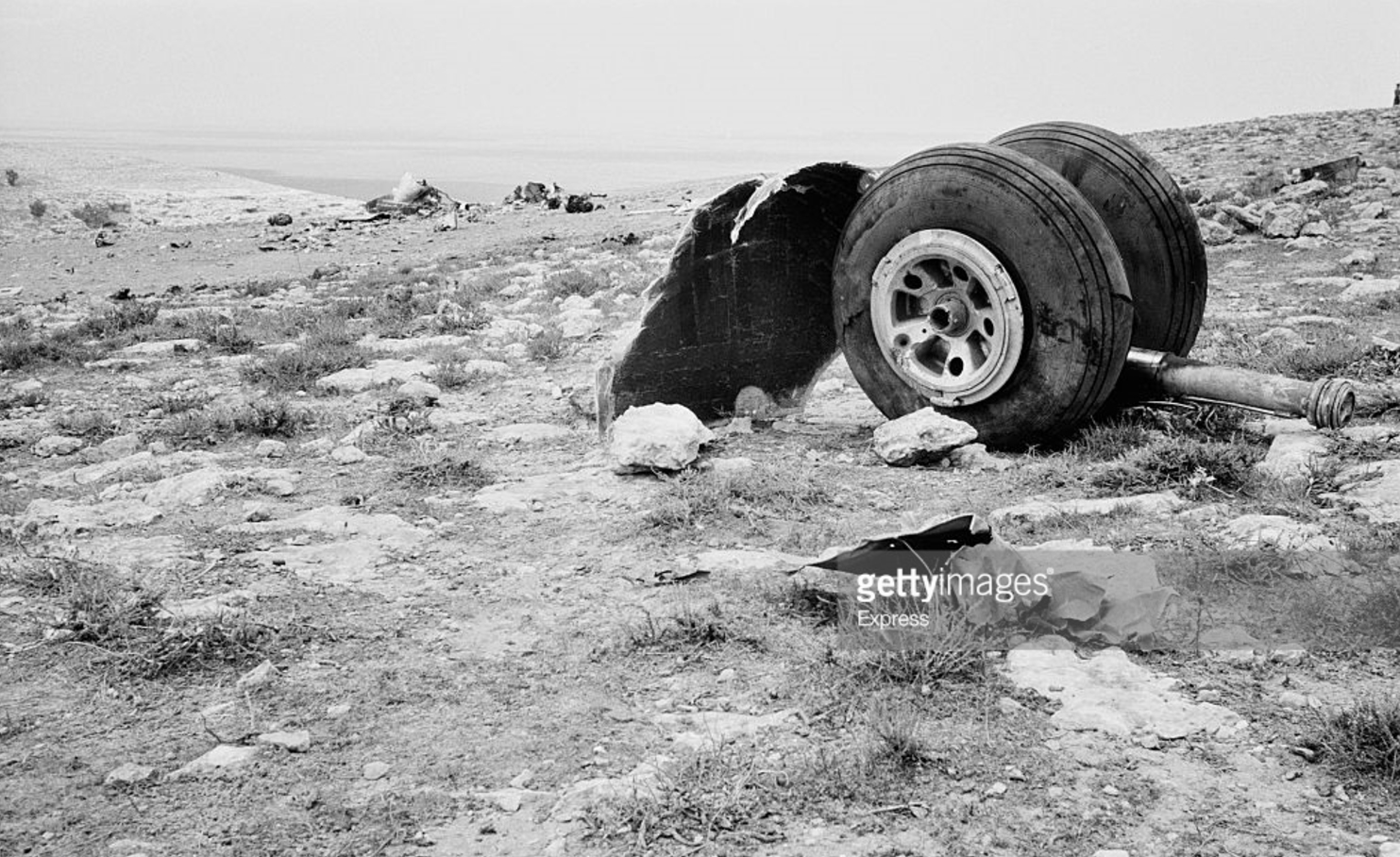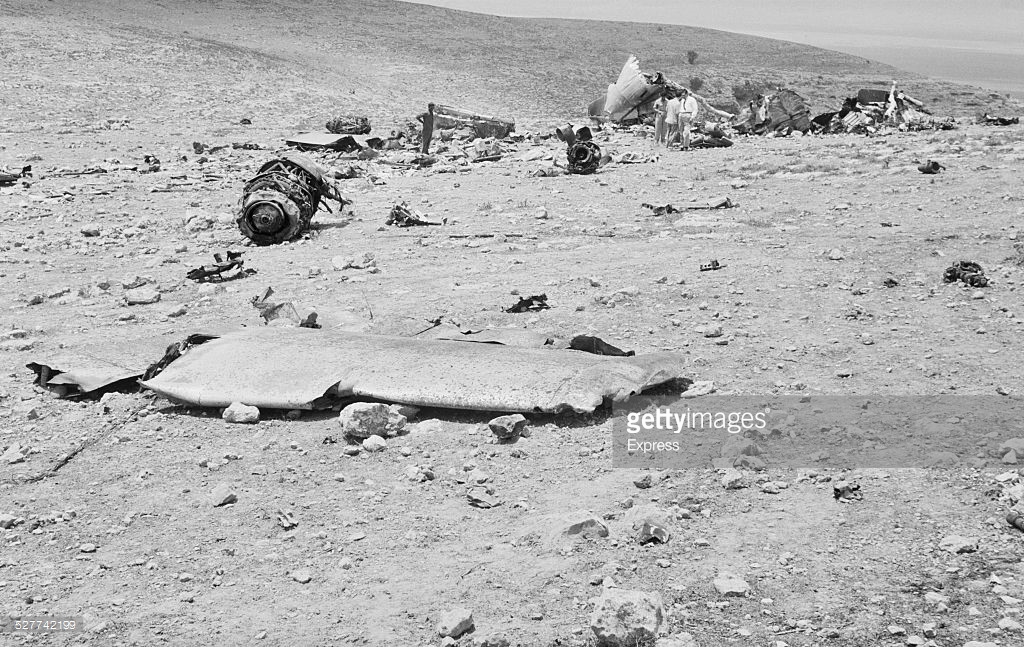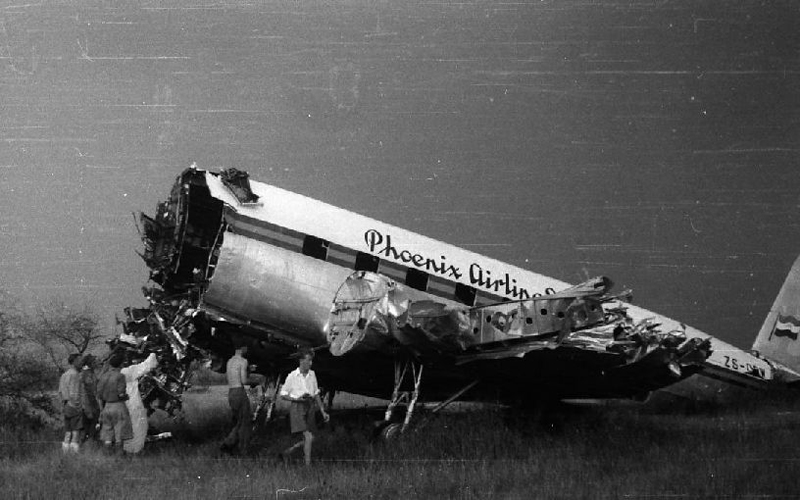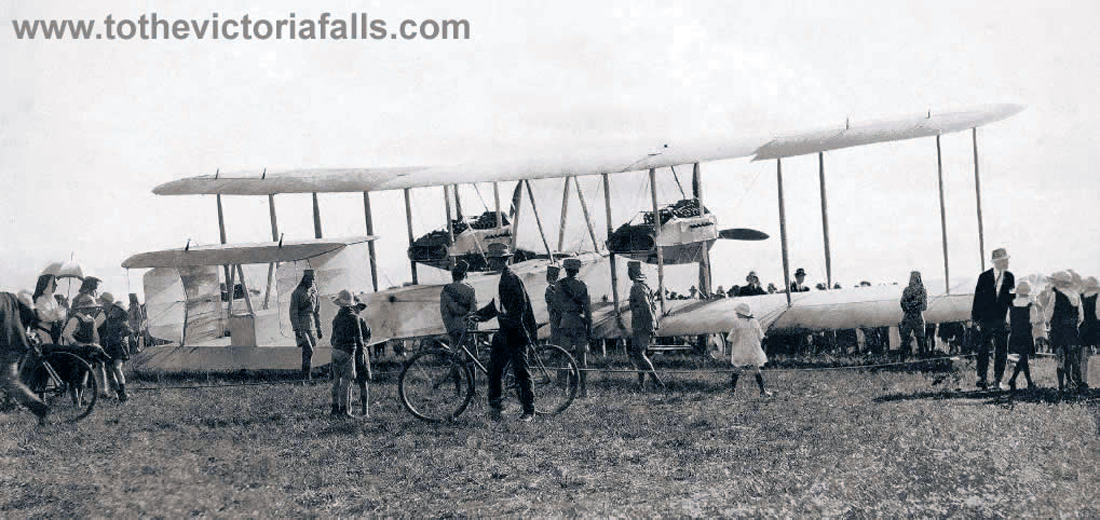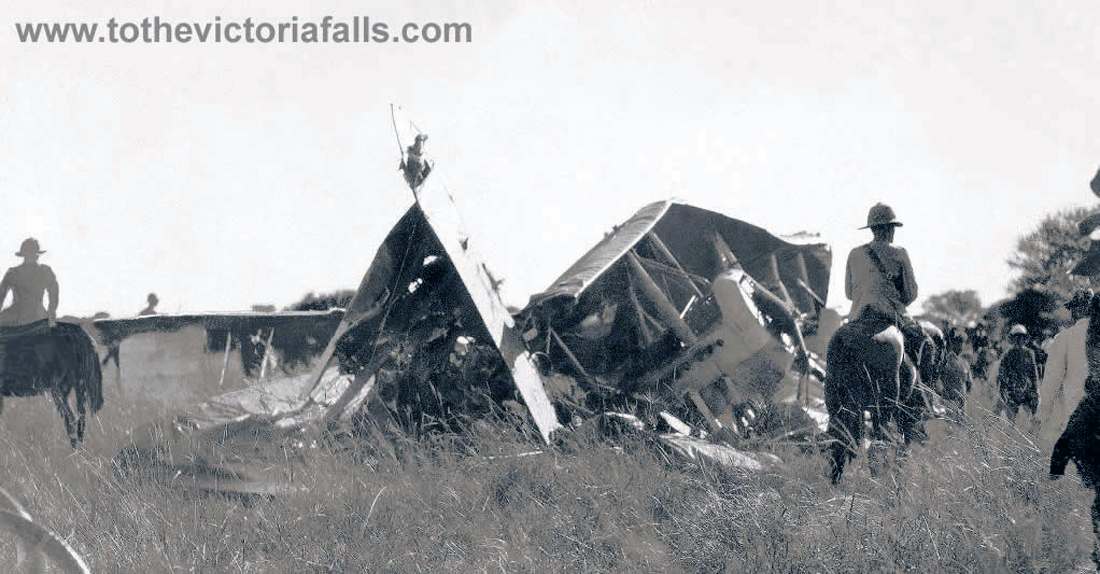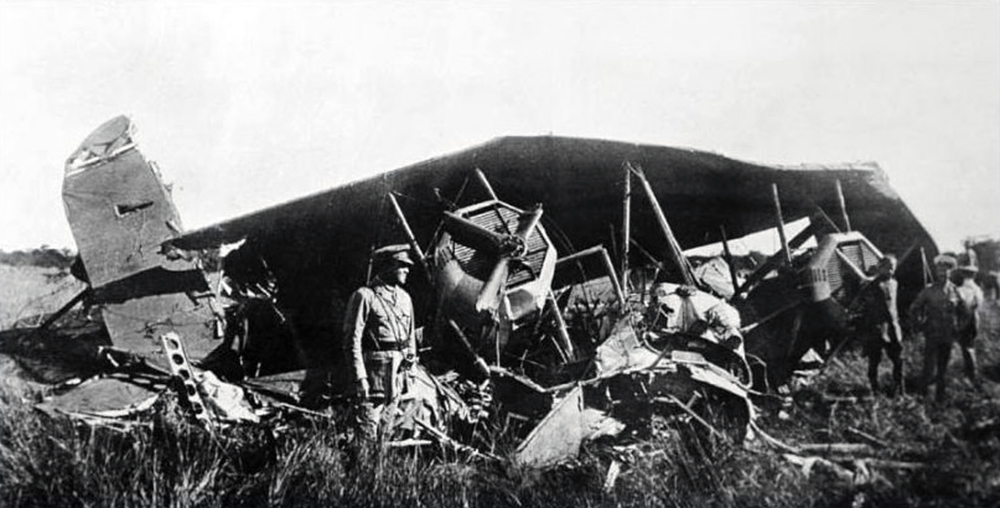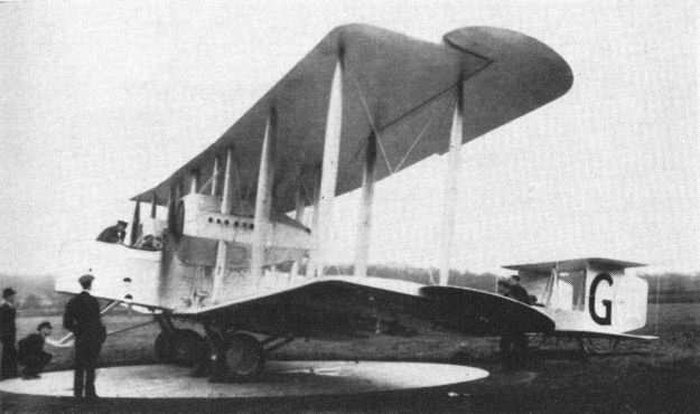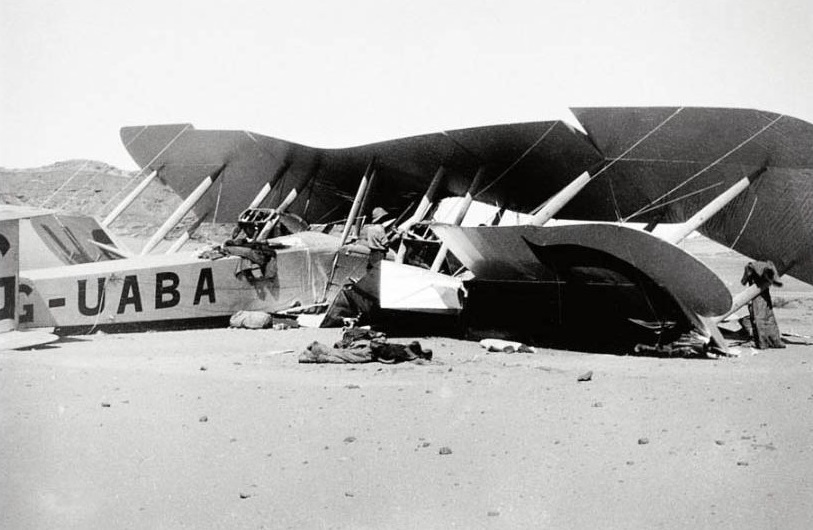Crash of a Vickers 739 Viscount in Wadi Halfa
Date & Time:
Mar 16, 1962
Registration:
SU-AID
Survivors:
Yes
Schedule:
Jerusalem – Cairo
MSN:
86
YOM:
1955
Crew on board:
6
Crew fatalities:
Pax on board:
10
Pax fatalities:
Other fatalities:
Total fatalities:
0
Circumstances:
While descending to Cairo-Intl Airport, the crew was informed about poor weather conditions at destination and decided to divert to Wadi Halfa, some 900 km south of Cairo. On final approach to Wadi Halfa Airport, all four engines failed. The aircraft stalled and crashed in a desert area located five km short of runway threshold. The aircraft was damaged beyond repair while all 16 occupants were slightly injured.
Probable cause:
Failure of all four engines due to fuel exhaustion.
